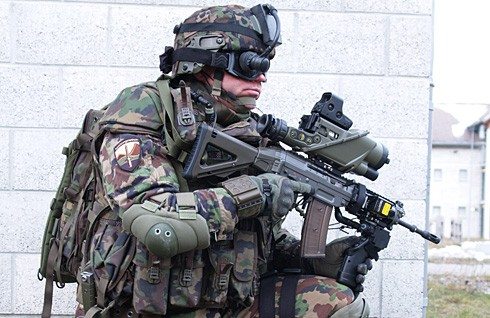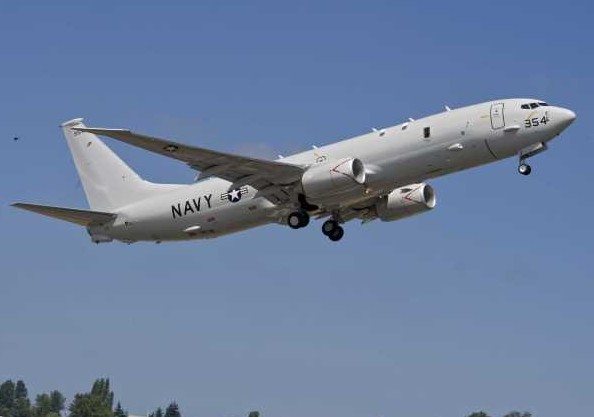Why was the report written?
The Global Soldier Modernization Market 2012–2022” offers the reader detailed analysis of the global soldier modernization systems market over the next ten years, alongside potential market opportunities to enter the industry, using detailed market size forecasts.
What is the current market landscape and what is changing?
Rapid technology advancement in the soldier modernization domain has rendered earlier equipment obsolete. Advanced radio frequency (RF) and microwave technology in sensors, precision weapons and tactical communications have ushered in a new era in C4ISR soldier modernization equipment while the majority of expenditure on lethality based equipment is focused on developing combat overmatch capabilities for the individual soldier and small combat unit while reducing soldier load. The mobility based segment has evolved rapidly over the years to facilitate functions of an armament carrier, logistics vehicle, ambulance, command and control (C2) vehicle, and as a platform for a wide variety of other army systems. Survivability and sustainability based soldier modernization systems are undergoing technological advancements and are expected to account for larger portions of the market in the future.
What are the key drivers behind recent market changes?
Leading military nations of the world are routinely investing in science and technology as well as research and development in order to ensure that they maintain their technological edge in this domain. Technological advances in the fields of powered exoskeletons and fuel cells will also drive the soldier modernization market as top defense spenders search for ways to minimize costs while deploying these technologies on the battlefield.
What makes this report unique and essential to read?
“The Global Soldier Modernization Market 2012–2022” provides detailed analysis of the current industry size and growth expectations from 2012 to 2022, including highlights of key growth stimulators. It also benchmarks the industry against key global markets and provides detailed understanding of emerging opportunities in specific areas.
Key Features and Benefits
The report provides detailed analysis of the market for soldier modernization systems during 2012–2022, including the factors that influence why countries are investing or cutting defense expenditure. It provides detailed expectations of growth rates and projected total expenditure.
Countries across the world are procuring equipment such as helmets with visual sensors, chemical and biological sensors, digital radios and hand-held computer displays, to enhance the capabilities of their soldiers. This has led to a number of joint ventures and teaming agreements so as to aid in technology transfer. In addition to improving the indigenous capabilities of domestic defense firms, this provides the foreign original equipment manufacturers (OEMs) with an opportunity to cater to a new market.
Key Market Issues
Shift towards portable electronics
In soldier modernization programs, a shift is being witnessed towards smaller and lighter systems as the weight being carried is increasing with soldiers carrying electric power batteries required in electronic systems used by war fighters such as night vision goggles, personal computers, unmanned vehicles and smart munitions threats. Developing weapon system’s capabilities without the corresponding development of new technologies to meet the rising demand for battery power will increase the number of batteries to be carried by soldiers.
Portable surveillance and force protection systems to be in demand
The dismounted soldier faces a wide variety of threats including small arms fire, IEDs and attack from rocket propelled grenades. Therefore, force protection is a prerequisite for mission success, irrespective of the complexities of the situation. Innovative solutions for detecting, reacting, countering and eliminating threats are required which provide soldiers enhanced situational awareness.
Reducing the burden of soldiers poses a key challenge for soldier modernization market
Modernization of soldier systems to protect, mobilize and empower the soldier has resulted in an exponential increase in the total weight being carried by soldiers, which prevents them from being agile, mobile and effective war fighters. Lives of soldiers are being put at risk as heavy life saving equipment is often being left behind. Therefore, defense agencies worldwide are focusing on sourcing and integrating the most affordable, lightweight soldier equipment and technology to reduce the burden of personnel.
Joint R&D programs expected to increase over the forecast period
A significant number of countries are investing in the development of their domestic soldier modernization industry by establishing strategic alliances and technology transfer agreements with established global manufacturers. In addition to improving the indigenous capabilities of a domestic firm, this provides the foreign company with an opportunity to cater to a new market. Partnerships between countries that possess an advance defense industrial base, such as US and India, aid the mutual sharing of advanced technology.
Key Highlights
- North America to continue to dominate the market
Despite budget cuts, North America is expected to account for the largest share of the total global expenditure on soldier modernization systems with a 33% share in the forecast period. High demand in the region is primarily driven by the country’s procurement of latest technology in C4ISR and Mobility based soldier modernization systems. - Need for troops which are less in number but more effective
The leading military nations of the world have embarked upon a new strategy which envisages cutting down the number of troops while at the same time increasing the effectiveness of smaller, more mobile units. This vision has evolved gradually as major military nations have recognized the need to modernize their infantry in order to fight modern asymmetric warfare. - Very high demand for C4ISR ,Mobility and Survivability based soldier systems
With the spread of more and more assymetric warfare around the globe, there has been a rise in demand for troop mobility and personnel protection systems such as fuel tank protection kits, force protection systems and components, situational awareness (ODS-SA) vehicles and mine resistant ambush protected (MRAP) vehicles.











